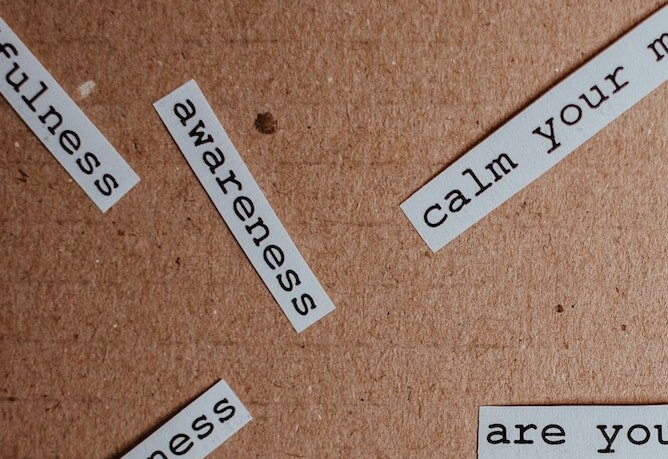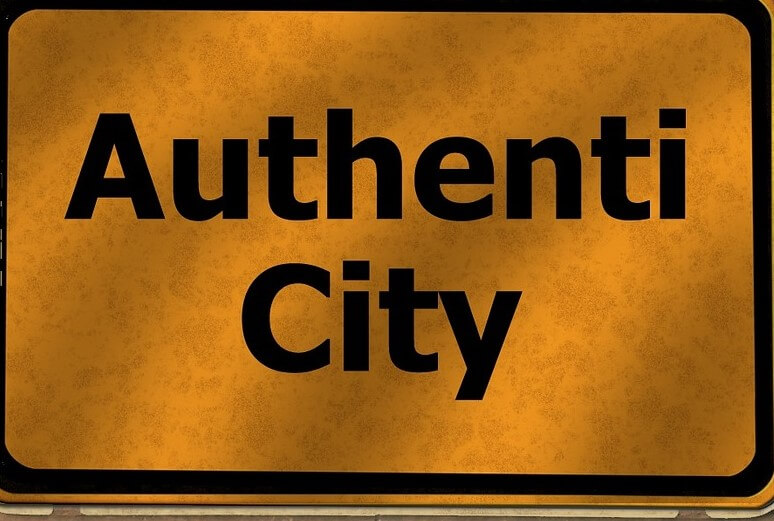Authenticity — How to Remain Authentic With Yourself and Others
© Copyright Carter McNamara, MBA, PhD
Sections of This Topic Include
Related Library Topics
Learn More in the Library’s Blogs Related to Authenticity
In addition to the articles on this current page, also see the following blogs that have posts related to Authenticity. Scan down the blog’s page to see various posts. Also see the section “Recent Blog Posts” in the sidebar of the blog or click on “next” near the bottom of a post in the blog. The blog also links to numerous free related resources.
About the Concept of Authenticity
Every man builds his world in his own image. He has the power to choose, but no power to escape the necessity of choice. – Ayn Rand, philosopher
The concept of authenticity has received a significant amount of attention recently as people search for meaning and happiness, particularly in their work lives. How one chooses to try to live more authentically depends on their own perspective on authenticity. Like many other popular concepts, different people have different views about authenticity and many people feel very strongly about their own views. Some people might assert that an individual is being authentic if they are being completely honest and participating in the here-and-now, eg, an honest conversation with a friend, completely focused on cleaning out the garage, etc. There are others who assert that authenticity involves many other features, including, eg, always being centered with themselves and others, living in a completely integrated fashion with their own values and principles, always feeling complete meaning or sense of purpose in their lives, etc.
The concepts of “authenticity” and “meaning” can seem almost the same. However, the major philosophical movement called existentialism has studied authenticity for centuries and helps us understand more abut what authenticity is, along with its relationship to the concept of meaning. Existentialists assert that if an individual is not living authentically in their lives, then they lose meaning and can fall into chronic anxiety, boredom and despair. People might pursue “quick fixes” to avoid the responsibility of living authentically, eg, quick fixes such as anesthetizing themselves with alcohol or drugs, living in fantasies, etc. Others might even assert that it’s inauthentic to pursue any approach (programs, books, etc.) that promises to help people transcend (escape?) the responsibilities — and sometimes drudgery — of day-to-day living.
Regardless of others’ perspectives on authenticity, it’s important for people in management to live and work as authentically as possible — a goal that is usually often difficult to achieve, particularly in large organizations. As mentioned above, how one chooses to live a more authentic life depends on their perspective. A person might choose to appreciate more their own current approach to life, or meditate on a regular basis, or journal (write down) their thoughts, or engage in regular retreats, or sign up for a more complete program, etc.
Major Benefits of Authenticity
© Copyright Carter McNamara, MBA, PhD
Peter Block, in his book Flawless Consulting, asserts that authenticity is one of the critical aspects of successful consulting (along with successfully carrying out the phases of consulting). There are several reasons for the importance of authenticity.
1. Encourages clients to be open, honest and direct in the here-and-now.
The collaborative consultant wants the client to be as open and honest as possible. The consultant can encourage open and honest behavior in others by modeling that behavior themselves. This helps the consultant to fully understand the client and provide useful feedback that the client will hear, as well.
Authenticity from your client also provides extremely valuable feedback to you. Frequently, you do not have sufficient opportunity to continually learn about yourself, particularly in settings with your clients. Clients who choose to be authentic around you are offering you a precious gift that can be used by you to cultivate a collaborative consulting relationship with them and others.
2. Builds client’s trust and confidence in your relationship.
You can build a strong relationship with your client by showing them that you trust them enough to be able to handle the truth. In turn, they will do the same thing for you. Trust and confidence are critical ingredients for a successful working relationship between you and your client.
3. Deals with issues before the issues fester.
When people express themselves honestly in the here-and-now, they are much more likely to report issues as soon as they notice them. This ensures that issues are addressed when they occur, rather than festering until they show themselves as major forms of resistance to change during the project.
4. Considers important “data” about the client’s situation.
Information that you gather from your other senses is important data about your client’s situation. The more open and honest that you can be about your own perceptions, the more likely that the data from your senses will be accurate. Many times that data can be used to more accurately understand your client’s situation.
5. Ensures organizational change efforts remain relevant, realistic and flexible.
Plans rarely are implemented as planned. Authentic behavior from your clients helps all parties involved to accurately perceive and talk about any changes in the project so, as a result, plans can be updated with those changes and thereby remain up-to-date. Perhaps Terry, in his book, Authentic Leadership, puts it best: “authenticity self-corrects.”
Key Guidelines to Authentic Behavior
Block and various schools of psychology, for example, Carl Rogers’ self-directed therapy, describe the following core characteristics of authentic behavior. Considering their descriptions, authentic behavior is more attainable than many believe and it might help you to work easier rather than work harder in your projects for change.
- Honest — Speak the truth.
- Direct — Speak in terms that are clear, concise and focused.
- About here-and-now — Speak about what is going on right now.
- From you — Report your own experience of the here-and-now.
- Non-judgmental of others — Speak about what you are experiencing around others, not of your judgments of others.
Unless you are authentic in a supportive manner, clients might feel like you are being aggressive. Aggressive behavior is perceived as demanding, forceful, arrogant and even hostile. That can cause discomfort, alienation, confusion and distrust between you and your clients. Experienced consultants have learned to employ authentic communication in a manner that is completely honest, yet remains supportive and respectful.
Note that authentic behavior does not always mean the consultant’s speaking the truth about anything and everything all the time. Sometimes the consultant senses that the client is not yet ready to hear about the consultant’s speculations, for example, about causes of issues or the client’s role in those issues. Sometimes these speculations would simply overwhelm and confuse the client. In every case, it is up to the consultant’s judgment as to how much they “think out loud.” However, usually there is more of a downside to not being authentic than the downside of sharing your thoughts and impressions with your clients.
Additional Perspectives on Authenticity
Also consider
For the Category of Personal Wellness:
To round out your knowledge of this Library topic, you may want to review some related topics, available from the link below. Each of the related topics includes free, online resources.
Also, scan the Recommended Books listed below. They have been selected for their relevance and highly practical nature.










